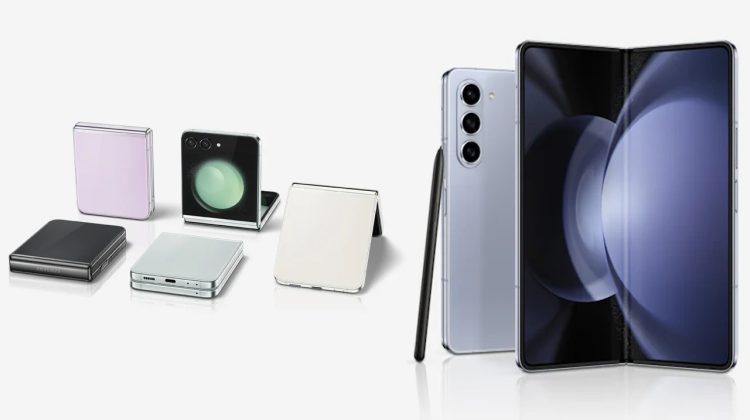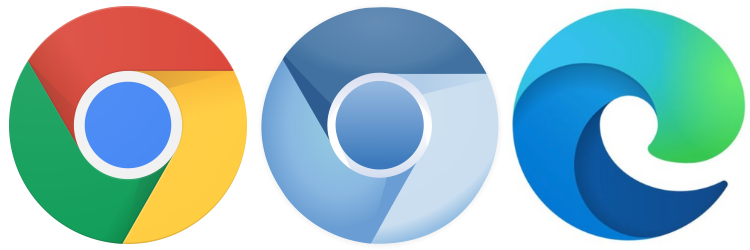Due to very disappointing results and to keep up with competition, two years ago Microsoft announced the move to the Chromium engine for its Edge browser. It is the exact same platform that moves Chrome, but also other browsers such as Opera and Vivaldi.
Edge was born in 2015 with many promises as the evolved version and natural successor of Internet Explorer, but latest figures from Statcounter are unforgiving. At the moment Chrome occupies the first position in the market of online browsers with a 63% of global users using it. In the second place there is Safari, the Apple browser, with just over 15% and in the third, but very far with a mere 4.6%, it comes Mozilla’s Firefox. Microsoft’s browsing software occupies the seventh and eighth position with Internet Explorer at 2.2% and Edge at 2.1%. Even the browser of Samsung devices with its 3.4%, UC Browser with its 3.3% and Opera at 2.6% are performing better. Therefore it does not seem there was too much room for manoeuvre in the choice to take – open up to more elastic standards and try to compete on the same battle field.
No doubt Chrome of Mountain View, which has become for many the native browser that cannot be renounced, was the model to pursue, for its lightness and, above all, for its many extensions – 188 thousands of extensions were available on the Chrome Web Store at last count as well as thousands of themes with which to customize the platform. It is true that many of them are probably dead, installed only a few times or have dubious utility, but their number is still an unparalleled amount. Primarily from this factor it came the decision to base Edge on the Chromium engine, that is in fact the exact same basic software of Google’s Chrome. A new Edge indeed, not a secondary or parallel version, but a total replacement with the goal to achieve maximum compatibility with the extensions of Chrome. In fact Microsoft has guaranteed that almost all the extensions developed for Chromium and Chrome will work on Edge.
The browser has been recently released as an update via Windows Update for versions of Windows 10, but it is also available for “consumer” users on Windows 8 and 8.1, Windows 7, macOS, iOS and Android. So Edge is definitely a cross-platform and multi-system browser and it comes with all Chrome extensions now. Updates will arrive every six months, detaching their releases from those of new versions of Windows. And of course security updates will be distributed whenever needed.
Among the other new features of Edge there is a completely redesigned interface that keeps elements of the Microsoft style mixing them with elements proper of Chrome, the ability to create different profiles, protection from tracking your information that can be set in three different levels, the support for Progressive Web Apps, immersive reading functionality, dark mode and more stuff all to discover.
While the settings from the old to the new Edge should be imported automatically, in order to bring your favorites and other important settings from other browsers from which you may want to move to the new software, you must follow the instructions on the path “Settings and more (Alt+X) -> Settings -> Import or export“.











No Comment